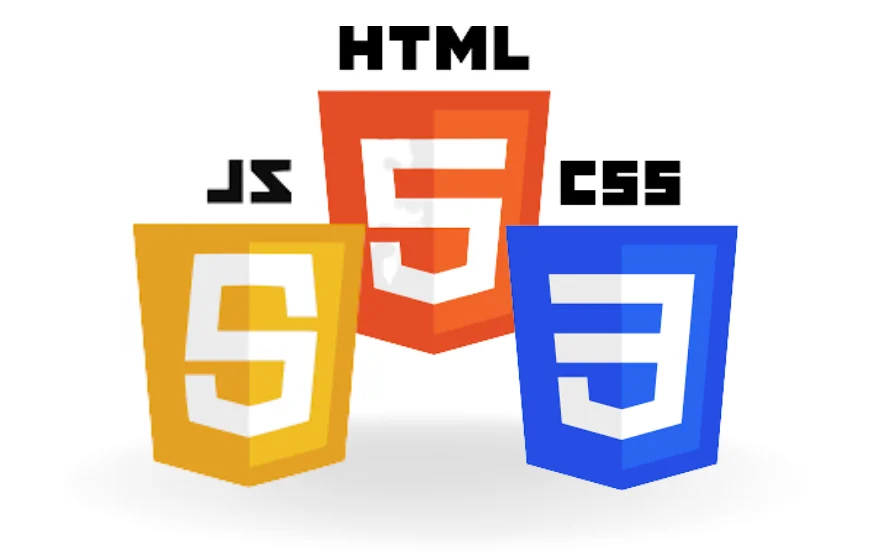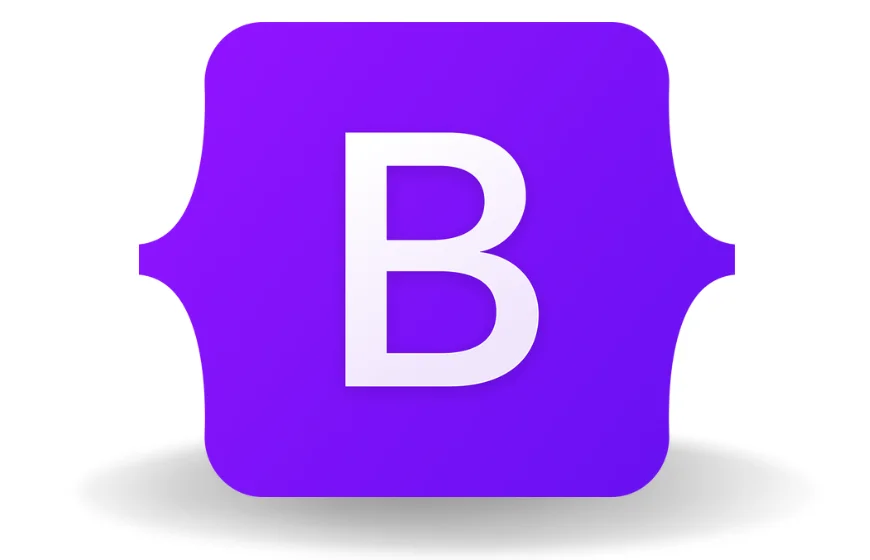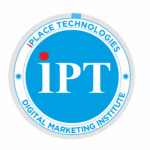Web Designing Course in Surat
What is Web Designing ?
Web design is a Web development process for creating a website that focuses on aesthetic factors like layout, user interface and other visual imagery in order to make the website more visually appealing and easy to use. Web design makes use of various programs and tools in order to achieve the intended look, such as Dreamweaver, Photoshop and many others. In order to create a winning design, Web designers need to think about their audience, the purpose of the website and the visual appeal of the design.
973-777-8612
CALL NOW FOR FREE DEMO CLASS

HTML
HTML (Hypertext Markup Language) is a text-based approach to describing how content contained within an HTML file is structured. This markup tells a web browser how to display text, images and other forms of multimedia on a webpage. HTML is a formal recommendation by the World Wide Web Consortium (W3C) and is generally adhered to by all major web browsers, including both desktop and mobile web browsers. HTML5 is the latest version of the specification.
HTML is a text file containing specific syntax, file and naming conventions that show the computer and the web server that it is in HTML and should be read as such. By applying these HTML conventions to a text file in virtually any text editor, a user can write and design a basic webpage, and then upload it to the internet.The most basic of HTML conventions is the inclusion of a document type declaration at the beginning of the text file. This always comes first in the document, because it is the piece that affirmatively informs a computer that this is an HTML file. The document header typically looks like this: <!DOCTYPE html>. It should always be written that way, without any content inside it or breaking it up. Any content that comes before this declaration will not be recognized as HTML by a computer.
CSS
Cascading Style Sheets (CSS) is a style sheet language used for describing the presentation of a document written in a markup language such as HTML or XML (including XML dialects such as SVG, MathML or XHTML).[1] CSS is a cornerstone technology of the World Wide Web, alongside HTML and JavaScript.
CSS is designed to enable the separation of content and presentation, including layout, colors, and fonts.[3] This separation can improve content accessibility; provide more flexibility and control in the specification of presentation characteristics; enable multiple web pages to share formatting by specifying the relevant CSS in a separate .css file, which reduces complexity and repetition in the structural content; and enable the .css file to be cached to improve the page load speed between the pages that share the file and its formatting. Separation of formatting and content also makes it feasible to present the same markup page in different styles for different rendering methods, such as on-screen, in print, by voice (via speech-based browser or screen reader), and on Braille-based tactile devices. CSS also has rules for alternate formatting if the content is accessed on a mobile device.
Javascript
JavaScript is a dynamic computer programming language. It is lightweight and most commonly used as a part of web pages, whose implementations allow client-side script to interact with the user and make dynamic pages. It is an interpreted programming language with object-oriented capabilities.
JavaScript was first known as livescript, but Netscape changed its name to JavaScript, possibly because of the excitement being generated by Java. JavaScript made its first appearance in Netscape 2.0 in 1995 with the name liveScript . The general-purpose core of the language has been embedded in Netscape, Internet Explorer, and other web browsers.
973-777-8612
CALL NOW FOR FREE DEMO CLASS
ipt.surat@gmail.com
MAIL NOW FOR FREE DEMO CLASS

What is Bootstrap?
Bootstrap is a free, open source front-end development framework for the creation of websites and web apps. Designed to enable responsive development of mobile-first websites, Bootstrap provides a collection of syntax for template designs. As a framework, Bootstrap includes the basics for responsive web development, so developers only need to insert the code into a pre-defined grid system.
The Bootstrap framework is built on Hypertext Markup Language (HTML), cascading style sheets (CSS) and JavaScript. Web developers using Bootstrap can build websites much faster without spending time worrying about basic commands and functions.
“Conclusion
“Your website is the center of your digital ecosystem, like a brick and mortar location, the experience matters once a customer enters, just as much as the perception they have of you before they walk through the door.”
Other Courses
Useful Links
© 2023 iPlace Technologies. All Rights Reserved.

